What It’s Like Living the Van-Based Roadlife During the Pandemic
3 min readAs the coronavirus (COVID-19) pandemic has progressed and promptly adjusted our way of lifestyle, individuals grasped on to some semblance of sanity in a wide range of strategies. At the initially whisper of ‘shelter-in-place’ orders, quite a few began to search for new spots much more interesting than their property bases. The idea becoming: escape. If absolutely everyone else stays place, the contemplating went, then perhaps it would be achievable to discover a much more open up and remote location to journey out a self-quarantine closer to character, and not to others.
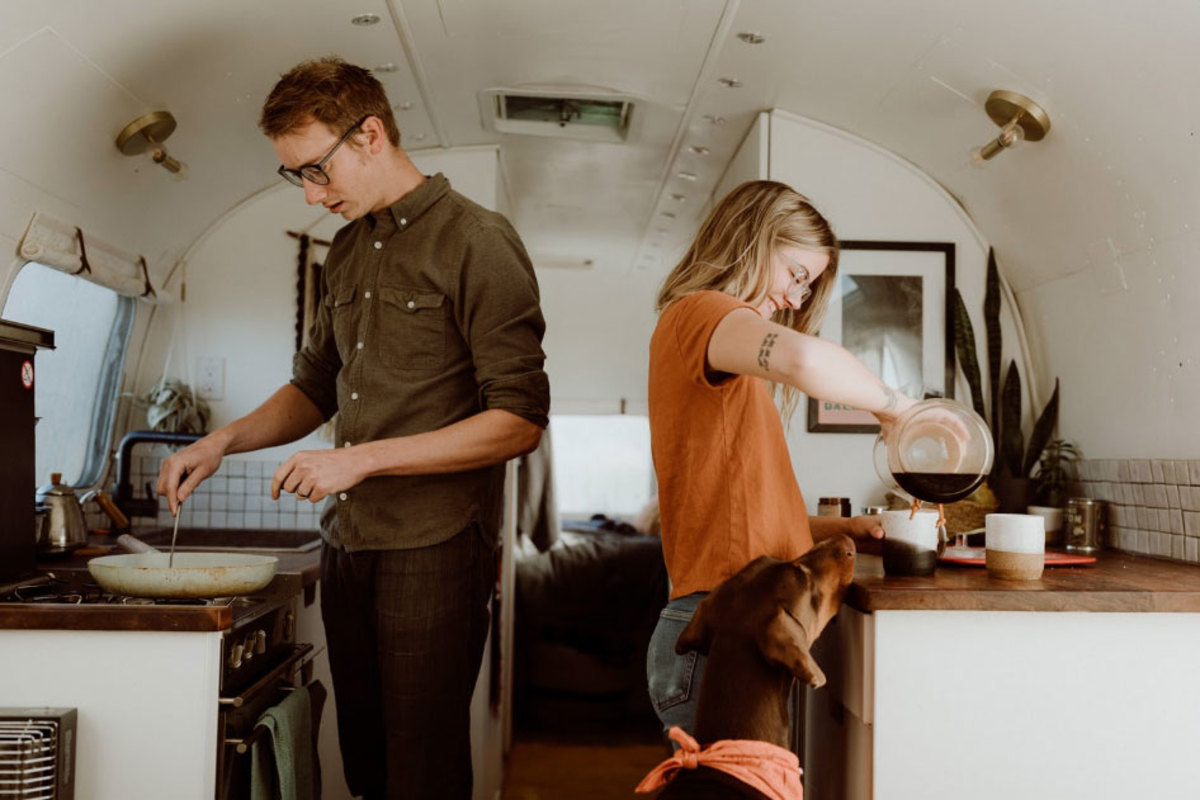
At least, that was the hope for vanlifers, who seemingly hit the self-isolation jackpot: the property-on-wheels as a fantastic, transportable pandemic escape pod, all set to migrate at a moment’s notice to the up coming most secure location. That boundless vision, dwelling unencumbered in the wild, guiltlessly distant from infection, is specifically that: a vision. In apply, dwelling free of charge in a car has loads of conditions. And chief amongst them is the proper to roam. As city and condition municipalities enact much more constraints to management the proliferation of the virus, lifestyle on the street has grow to be as disrupted as lifestyle certain to a property.
The problems begin with accessibility, as states at the forefront of response (like California, Washington and New York) have place stringent social distancing safety measures in location and shut down condition parks, visitor facilities, trails and seashores. Many other states and national parks are next closely behind, and some states this sort of as Florida are seeking at suspending free of charge motion across condition borders.
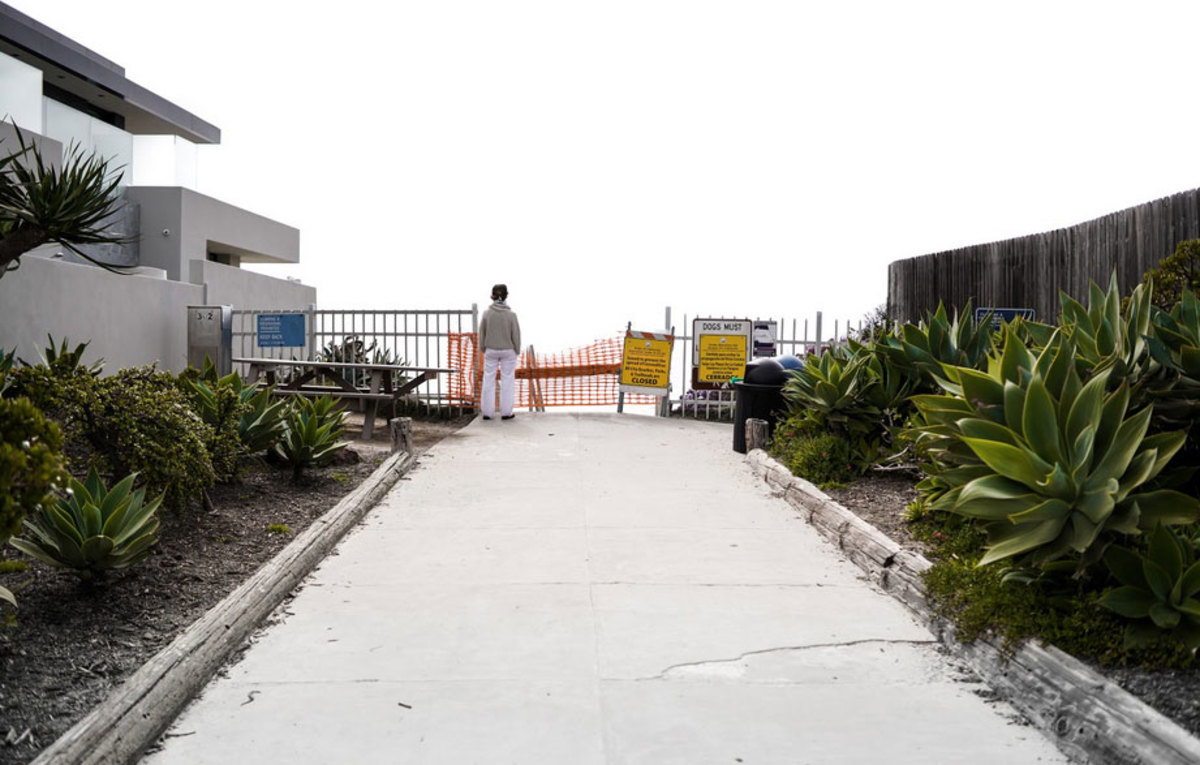
Throughout the nation, nonessential businesses have practically fully been necessary to shut down. Amongst these businesses are gyms, coffee retailers, libraries and campgrounds: all institutions that source means generally used by these who have preferred a lifestyle on the street. Those people commodities contain showers, bogs, world wide web, electricity, and squander management, which—depending on the rig—are either readily available in constrained amounts, or not at all. Suffice it to say, dwelling out of your vehicle suggests you are greatly reliant on an infrastructure of nonessential businesses.
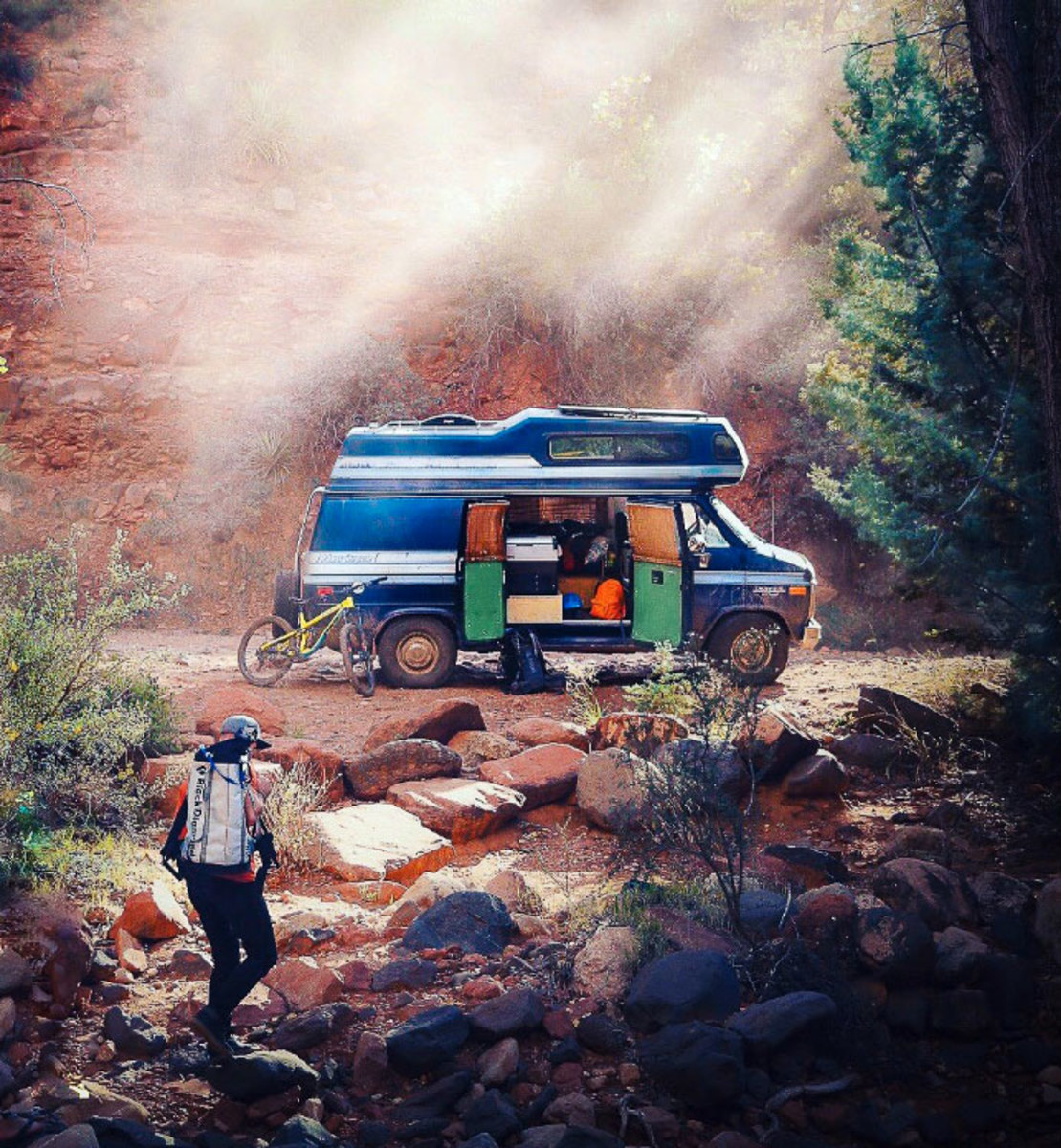
Inconvenience is one particular matter (particularly to most vanlifers, who have presently recognized a big degree of daily logistical problems in trade for the freedoms provided by the way of life). But what comes about when it’s not just the world wide web, showers and bogs that are taken absent? What comes about when it’s the one particular crucial that is the proper to roam? What comes about when an act of performing exercises liberty outdoors becomes selfish, by posing a danger when an untethered van-centered tour demands a community to park in, and health and fitness and community means to depend upon? If BLM land, national parks, and little out of doors-gateway communities (now faced with strained healthcare systems) are taken out of the equation, what threads are left of the nomadic cloth?
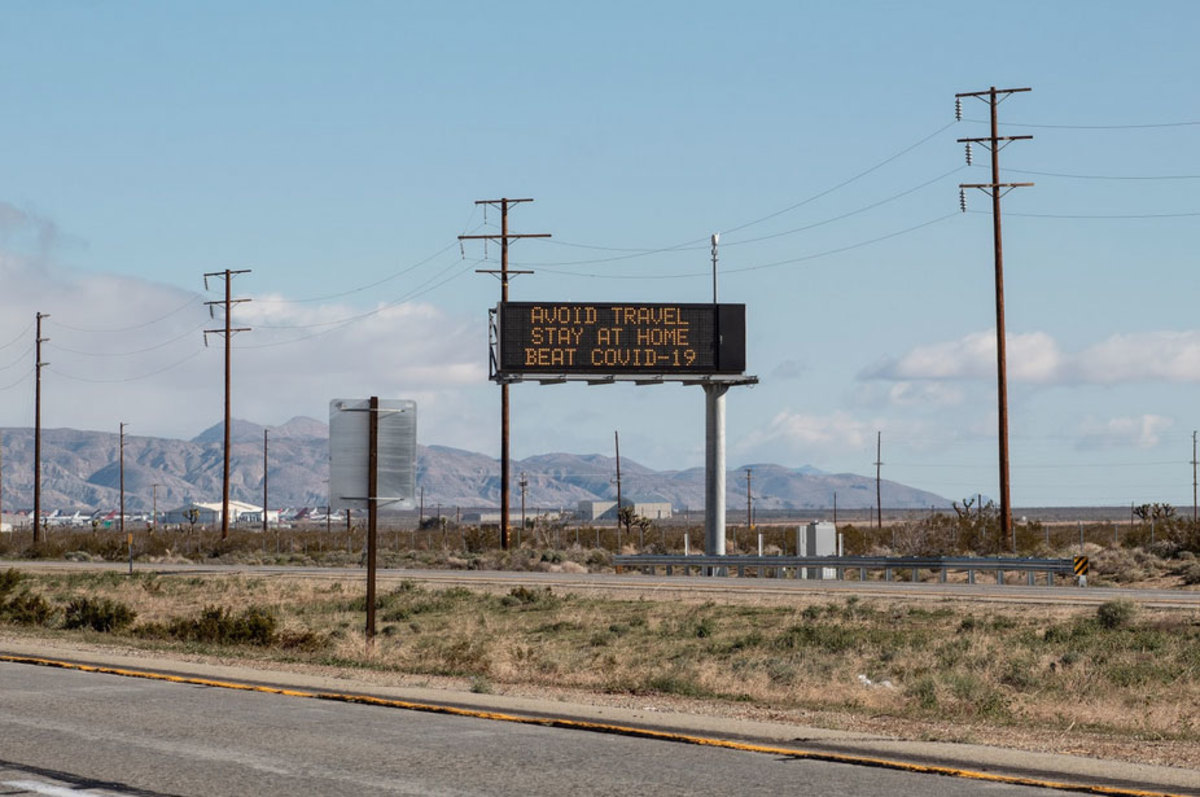
What is left is a variation of survivalism. An attraction to encounter just about every new day as a issue-solving recreation of Clue: identify a lavatory, identify a space to park, determine out how to lessen outings to the laundromat and grocery store (even however your property does not have the ability to store quite a few apparel nor groceries). Locate a way to get out of the five-by-three-foot space a couple times a day responsibly.
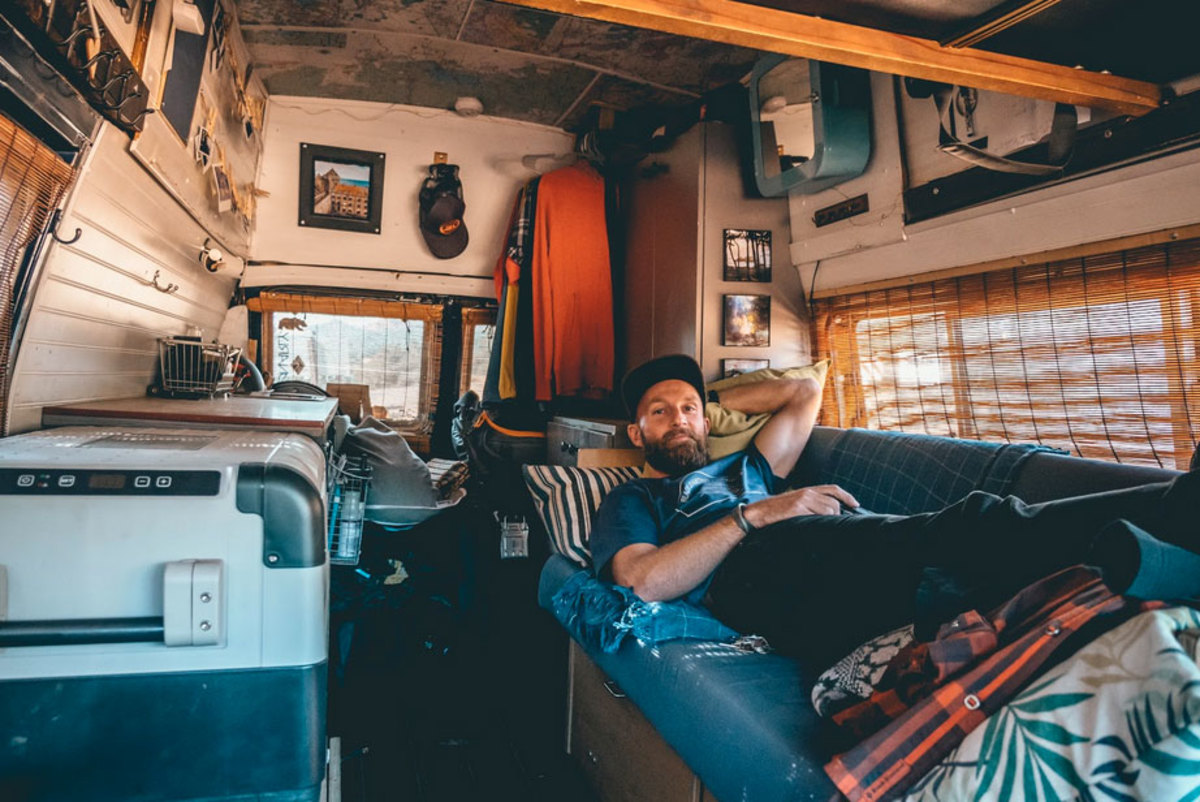
Some nomads have sought shelter elsewhere, some have come up with inventive solutions to assist other roadlifers, and some are only driving it out. Listed here are 5 initially-hand accounts from the street in the course of this unprecedented time in background:






